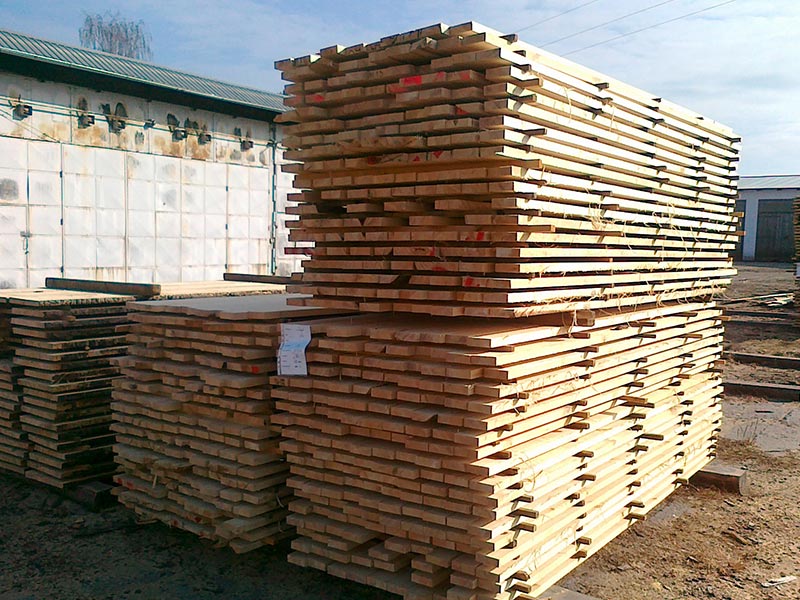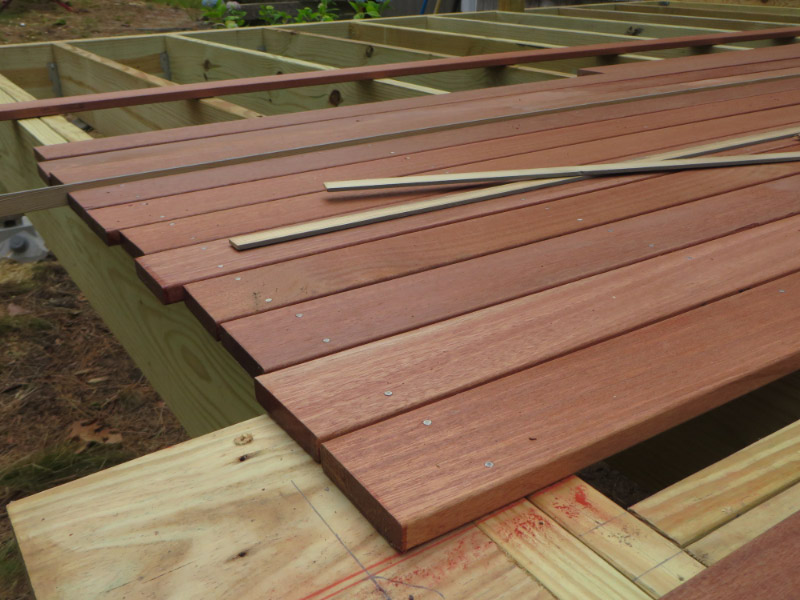3 Wood Myths Busted By Some Facts and Truths

Builders spend most of their times cutting wood, transferring it from one place to another or pounding it with nails and hammer all the time. You consider yourself an expert when it comes to wood. But to err is human, even experts can make mistakes. You will be astounded to learn about some facts of wood by this article. We have compiled some common notions about wood and compared them with the hard facts. Read on.

- Kiln dry (KD) and S-DRY lumber mean dry lumber.
If looked from a virtual perspective, all the wood related problems are moisture problems. The paint peels off, rots, warps, cracks, and shrink when in contact with water. As they say, wood swells when it absorbs, and shrinks when it dries. But it is only possible when it is below its fiber saturation point, which is estimated around 28 percent moisture content (MC).

Experts also specify lumber stamped S-DRY (surfaced dry) or KD (kiln dry). This signifies that the lumber was at or below the 19 percent MC, it was surfaced. Other variants are stamped MC 15 or KD 15 when the lumber is surfaced at 15 percent MC or lower than that. But these stamps only signify the MC of the lumber when it was surface. It is not the actual moisture condition.
- Cedar and redwood are rot resistant.
One thing homeowners with cedar sliding should know that not all siding, decking and trim are formulated from cedar, redwood, or other kinds of material for durability and are rot resistant. Only heartwood is organically decay resistant. Heartwood is quite a rare species, but if you want your design to be durable, you should consider heartwood lumber a part of your budget.

It is hard to exactly rate the decay resistance of heartwood for different kinds. Common woods which are decay resistant are all cedars, old-growth redwood, old-growth baldcypress, white oak, and locust. Heartwood of these kinds is usually rot resistant in nature. You can consider using water repellent treatment on wood, it also makes it dimensionally stable.
- A deck constructed with pressure treated lumber is long lasting.
Pressure treated lumber does make it rot resistant, but not water resistant. It still soaks and loses moisture. Consequently, the wood is then prone to movement, cracking, twisting, bending, cupping and it tears itself apart. But, sometimes you can still use the pressure treated lumber for a long time. All you need is to care and maintenance. Keep the lumber stable by applying water repellent onto surfaces before installing it. Also, fasten the deck with the corrosion resistant screws.




